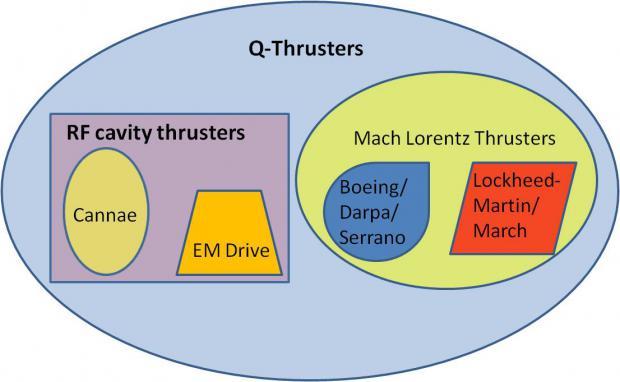
Breaking News
 Christmas Truce of 1914, World War I - For Sharing, For Peace
Christmas Truce of 1914, World War I - For Sharing, For Peace
 The Roots of Collectivist Thinking
The Roots of Collectivist Thinking
 What Would Happen if a Major Bank Collapsed Tomorrow?
What Would Happen if a Major Bank Collapsed Tomorrow?
Top Tech News
 EngineAI T800: Born to Disrupt! #EngineAI #robotics #newtechnology #newproduct
EngineAI T800: Born to Disrupt! #EngineAI #robotics #newtechnology #newproduct
 This Silicon Anode Breakthrough Could Mark A Turning Point For EV Batteries [Update]
This Silicon Anode Breakthrough Could Mark A Turning Point For EV Batteries [Update]
 Travel gadget promises to dry and iron your clothes – totally hands-free
Travel gadget promises to dry and iron your clothes – totally hands-free
 Perfect Aircrete, Kitchen Ingredients.
Perfect Aircrete, Kitchen Ingredients.
 Futuristic pixel-raising display lets you feel what's onscreen
Futuristic pixel-raising display lets you feel what's onscreen
 Cutting-Edge Facility Generates Pure Water and Hydrogen Fuel from Seawater for Mere Pennies
Cutting-Edge Facility Generates Pure Water and Hydrogen Fuel from Seawater for Mere Pennies
 This tiny dev board is packed with features for ambitious makers
This tiny dev board is packed with features for ambitious makers
 Scientists Discover Gel to Regrow Tooth Enamel
Scientists Discover Gel to Regrow Tooth Enamel
 Vitamin C and Dandelion Root Killing Cancer Cells -- as Former CDC Director Calls for COVID-19...
Vitamin C and Dandelion Root Killing Cancer Cells -- as Former CDC Director Calls for COVID-19...
 Galactic Brain: US firm plans space-based data centers, power grid to challenge China
Galactic Brain: US firm plans space-based data centers, power grid to challenge China
Mach Effect Propulsion Replication and modeling that matches experimentation

It consists of a piezo stack that produces mass fluctuations, which in turn can lead to net time-averaged thrusts. So far, thrusts predictions had to use an efficiency factor to explain some two orders of magnitude discrepancy between model and observations. Here (M Tajmar) presents a detailed 1D analytical model that takes piezo material parameters and geometry dimensions into account leading to correct thrust predictions in line with experimental measurements. Scaling laws can now be derived to improve thrust range and efficiency. An important difference in this study is that only the mechanical power developed by the piezo stack is considered to be responsible for the mass fluctuations, whereas prior works focused on the electrical energy into the system. This may explain why some previous designs did not work as expected. The good match between this new mathematical formulation and experiments should boost confidence in the Mach effect thruster concept to stimulate further developments.

 The State's Last Stand
The State's Last Stand


